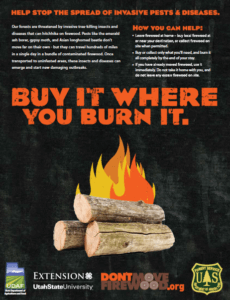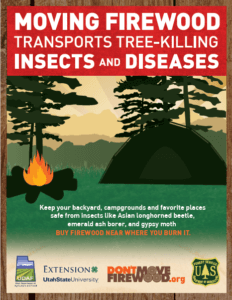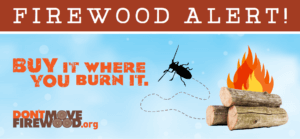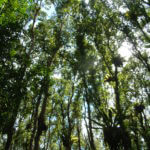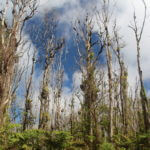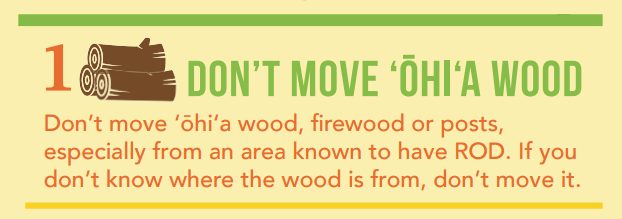Guest blog by Lori Spears, Invasive Species Survey Coordinator for Utah State University Extension
Invasive species are a growing threat to our nation’s agricultural and natural resources. In Utah, nearly a dozen insect and disease pathogen pests have arrived over the last decade, including spotted wing drosophila (SWD) and brown marmorated stink bug (BMSB). These two insects were first detected in Utah in 2010 and 2012, respectively. Although they have not yet reached economically injurious levels in Utah, they occur in fruit and vegetable production sites and have the potential for significant negative impacts. Another invasive insect, the emerald ash borer (EAB), is expected to reach Utah in the near future. EAB is known to occur in 27 eastern and mid-western states, and is rapidly expanding its range. It has not yet been found in Utah, but an infestation has been found in neighboring Boulder, Colorado. Unfortunately, research shows that EAB is generally established in an area for several years before it is detected, and so there is a chance that EAB is already present in Utah.
2017 Poster Designs for Utah Based Forest Pest Outreach
In response to new and emerging invasive insect threats, Utah’s plan for invasive pest and firewood outreach include preparing the citizens of Utah with the knowledge and skills necessary to identify potential invasive insects and/or help stop their introduction and spread. Involving everyday citizens in early detection of invasive species has been highly successful across the United States. For example, it was a trained Master Gardener who first detected the Japanese beetle (Popillia japonica) in Orem, Utah, which led to the Utah Department of Agriculture and Food implementing an intense eradication program to prevent its establishment. Utah’s interagency partnership group includes the Utah Plant Pest Laboratory at Utah State University (USU), USU Extension, the Utah Department of Agriculture and Food, and USDA-APHIS-PPQ.
This year’s activities include:
- Conducting several First Detector Training workshops along the Wasatch Front (the greater Salt Lake City region) in Utah
- Participating in farmer markets and other community events throughout the state
- Creating and placing billboards that highlight the threats associated with invasive pests
- Designing and placing permanent outdoor interpretive signs that focus on the pathways of invasive pest spread
- Conducting a Junior Master Gardener training program, whereby youth will tie ribbons and informational tags on ash trees to emphasize the number of trees that could be killed by EAB.
Utah State University Extension staff Erin Brennan working an information booth in front of a custom Don’t Move Firewood banner at Thanksgiving Point Tulip Festival, April 2017.
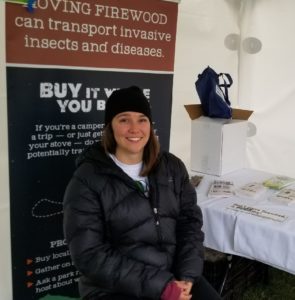
These activities are funded by USU Extension and/or through a cooperative agreement with USDA-APHIS-PPQ.
After reading this blog, you might also be interested in:




